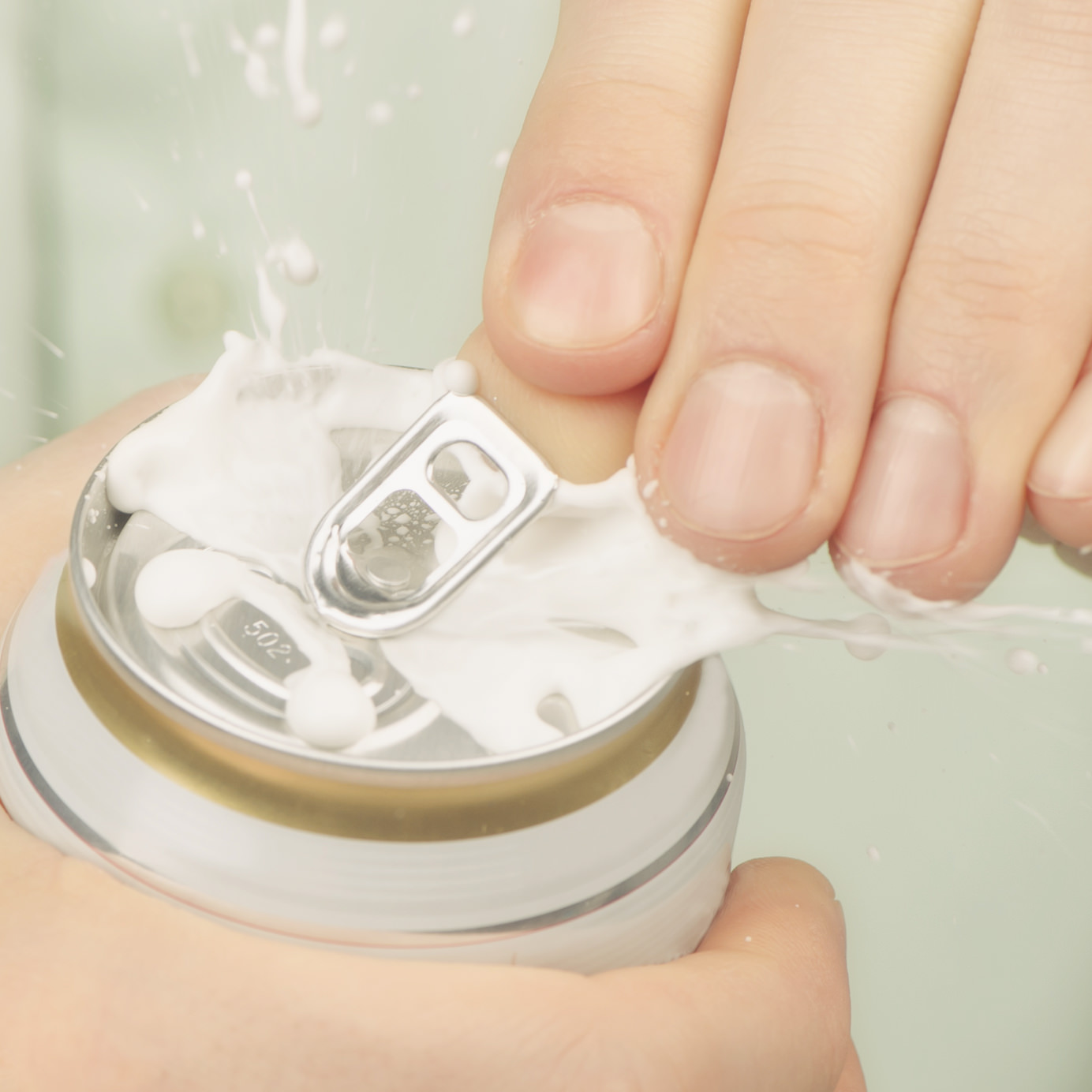There’s a stereotype in the wine world as mysterious as it is pervasive: that sommeliers like to drink beer when they get off work. And not just any beer, either, so the myth goes; somms, when chilling with their friends, are choosing bargain beers. In other words, some of the most talented, educated, wine-slinging professionals on the planet, people who spend all day tasting and training their palates and all night pouring sophisticated magnums of Vosne-Romanée, like to get off work and unwind with a PBR.
This is no myth. The stereotype is actually true. “I think sometimes we just want a ‘simple’ beer, especially after a long day of drinking wine. Or on a very hot day (or both),” says Phil Johnson of Gloria, a modern, seafood-focused restaurant with a wine list heavy on the naturals.
Johnson confessed a weakness for pilsners and lagers, especially American ones. His particular go-tos are light and fresh locals, including Other Half, Barrier, Grimm, and Brooklyn Brewery’s Pilsner.
And it really is a long day of drinking wine. Adeline West of the recently opened restaurant Cote in the Flatiron tells me that her days begin around 10 a.m. with tasting wine. Between the tasting and spitting, West is fully focused on the sensory evaluation of wine through taste and smell. “By the time I get off work, somewhere between 11 p.m. and 1 a.m., wine can sometimes be the last thing I want,” she tells me.
After work, West likes to pop in at one of her local late-night food spots, grab a salad or a burger, and drink a beer. “Beer is refreshing, bubbly, and doesn’t require much of my attention, which is perfect while I unwind after a day full of sensory stimulation,” she explains.
And it’s the same thing when she’s at home. “When it’s just me hanging out at home on my day off, I may not want to open a bottle of wine, but flavor and stimulation of my taste buds is necessary,” she says. “In these moments, it’s likely I will pull a low ABV, cold, refreshing beer out of the fridge to enjoy while studying/reading/relaxing.” Her personal favorites include Founders IPA, Narragansett, Yuengling, and Stone Brewery IPA.
In the wine industry, sensory overload is a real thing. The job of a sommelier is both mentally and physically taxing, full of constant memorization and endless hours on your feet. But the sensory overload is taxing, too. Overstimulated olfactory systems and taste buds can lead to serious fatigue and exhaustion, making shutting down not just pleasurable, but also necessary.
And for many sommeliers, that means drinking beer. Take Le Bernardin’s Sarah Thomas. Thomas explains that the somm drink of choice being beer has a number of reasons. “I think it mostly has to do with palate fatigue, and also turning your beverage brain off,” she explains. After long shifts, Thomas used to crave a pilsner, “or something just as light, refreshing, uncomplicated, and cheap.” That included Tecate, PBR, and Porkslap.
Now Thomas can’t drink beer anymore due to an allergy. But she remembers those days fondly. “The curious part of me would still order a cheap beer I didn’t recognize just to try something new if it didn’t sound too complicated,” Thomas remembers. “But I think the main idea is ‘I don’t care, I don’t care, I don’t care, just give me something to drink.’”
Something that doesn’t require much thought, which has to be beer, because when drinking wine, you just can’t turn it off. “If I’m done for the day, I just don’t want any opportunity for my study-brain to turn on and be like… can you name 14 other IPAs from different parts of the world?” (Since it’s not her job to, she can’t.)
Thomas’s co-worker, Katja Scharnagl, agrees. “If we ever go out after work, I would do a pilsner, or even a Corona. Easy to sip on it and nothing to think about.”
Morgan Harris, head sommelier at the midtown-based Aureole, tells me he lives in a house with two other sommeliers, and the bottom rung of their fridge is lined with canned Modelo Especial and Miller High Life long necks. He explains that both are low in alcohol, have lots of fresh crystal malts as well as grain adjuncts, and enough “hop-derivative bitterness to make you want to come back for a second sip.”
“Really, it’s about the accessibility of the beers,” Harris continues. “When you spend all day thinking about beverage, the last thing you want to do is think about beverage when you’re off work.” These beers are like a blank slate, with the only marking on them how refreshing they are. That’s why it’s got to be the cheap beers. To Harris, an 8 percent ABV IPA just feels like work. While Harris and his roommates will drink micro-brew session ale and import lagers from time to time, above all, Harris seeks to avoid anything too palate-stimulating after an intense shift on the floor.
For Ian Smedley, beverage director of Daniel Boulud’s DBGB Bar and Kitchen, the most important quality isn’t that the beer is cheap. “They’re often inexpensive, but [it’s] more about crisp, easy, refreshing, palate cleansing,” he says. “A low-alcohol break from complexity.”
Juan Gargano of Greenwich Village’s Casa Apicii agrees. “Easy drinking more than ‘cheap,’” he explains. “But once in awhile I enjoy a very cold PBR,” he adds with a smile. And don’t we all?
When wine industry folks go out for a drink after work or on the weekend with friends, they are all looking for the same thing: a safe escape from the non-stop stimulations they face day in and day out. The majority of the population can find this escape in a glass of wine. And because wine industry folks can’t, simple bargain beers are the solution.
